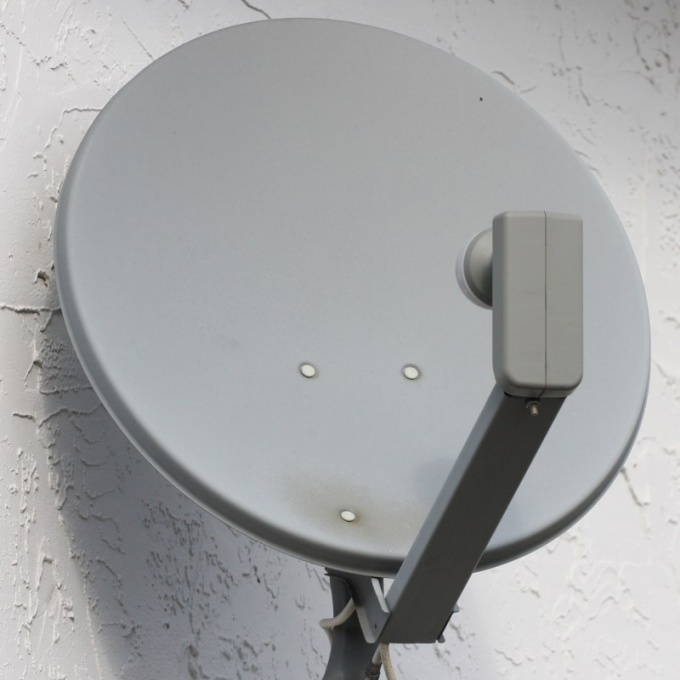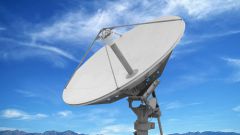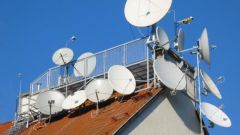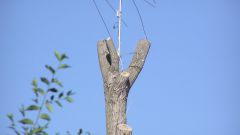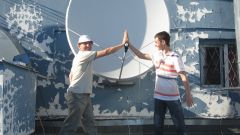Preparing to install
Before buying an antenna, you need to know exactly, the signal from which satellites you want to take and whether there is a technical possibility in your area. Determine in advance where you plan to install the plate. Note that the signal path should not be interference such as houses or trees.
If you live in your house, as the place of installation can be roof or wall of the house. The main problem of using satellite antenna in terms of low-rise construction — small building height, which can lead to the overlap of the signal by various obstacles.
High-rise residents can install the dish on the balcony railing, on the outside wall of the building or on the roof. Remember that when you install the antenna in an apartment building, you may need the consent of a meeting of homeowners. If you want to install the antenna on the roof, you will need to obtain permission from the building supports the organization.
Satellite antenna installation
Remember — work at height, particularly associated with the use of power tools, can be life-threatening. Be sure to observe the safety regulations! It is advisable to perform the installation alone and use a safety harness.
For installation on concrete or brick surfaces, you will need quite a powerful punch and lasting anchors for mounting plates to a surface. Usually in a kit with antennas are cheap bolts of poor quality. Don't skimp on the fasteners, because the plate is subjected to strong wind load and it could derail gust of wind.
Following the enclosed instructions, collect a plate, attached to the parabolic reflector bracket. On the holder fasten the Converter. If you want to take on one antenna the signal from several satellites, you need a multifeed is a special bracket where you can install additional converters. Usually it is not included and must be purchased separately.
Selecting a location for installation, attach the bracket to the surface and mark the future holes. Drilled them with a drill, secure the antenna with the anchors.
The next step is the connection to the converters wires. To do this, they need to be cleaned, exposing the copper core a few millimeters. The cable ends need to put on F-connectors, wrapped them all the way. Route the wire to the hole leading to the apartment. They should be secured with plastic clips or tape, otherwise they may be damaged by the wind. The cables coming from the dish, connect to the receiver.
After installation you need to configure. The best way to arm the receiver and a small TV. This will allow you in the setup process to see the result immediately and make adjustments. If this is not possible, you will need an assistant that will rotate your antenna while you will be at home in front of the TV and guide the setting on the radio or phone.
Now the main task — to catch the signal from the satellite. The precise direction depends on which one you plan to take. To move the antenna should be very carefully, because even offset by a few millimeters can lead to loss of signal.
The configuration is done in several planes. Holding the antenna perpendicular to the ground, start the configuration in the horizontal plane, gently rotating it along the line of the horizon. If the receiver shows that the signal is found, get its maximum value, catching the point at which he is strongest.
Continue the setup vertically. To do this, very carefully move the antenna up and down to achieve best reception quality. After this can be done more fine-tuning, rotating around its axis Converter. Pointing the antenna at the satellite, tighten all the screws, otherwise the setting will get off and you have to start all over again.
